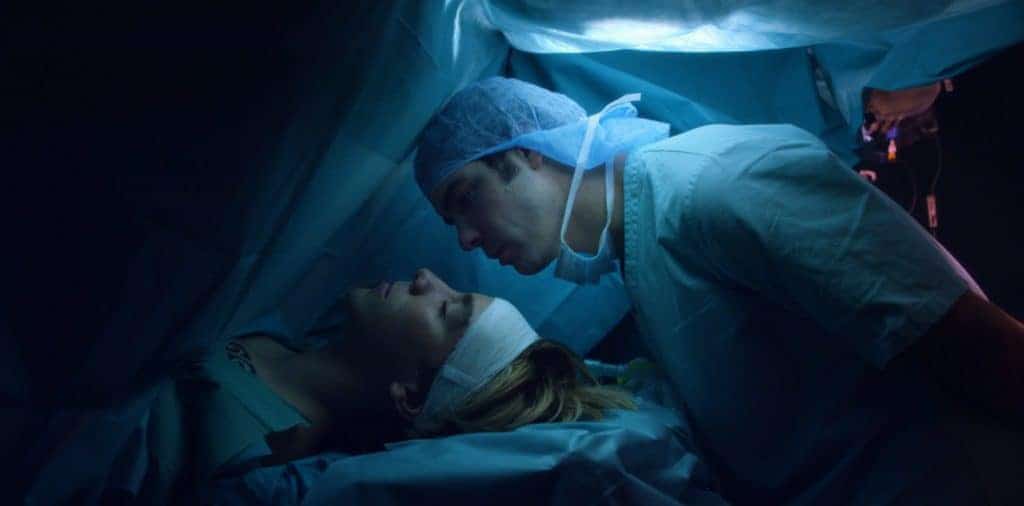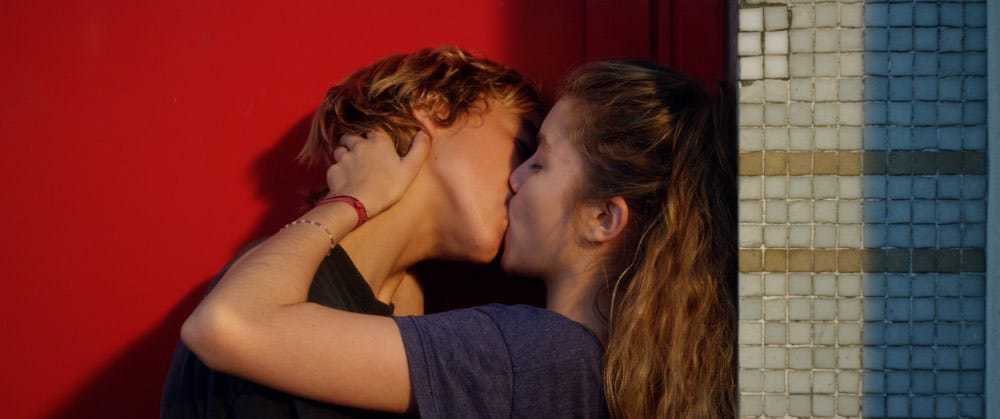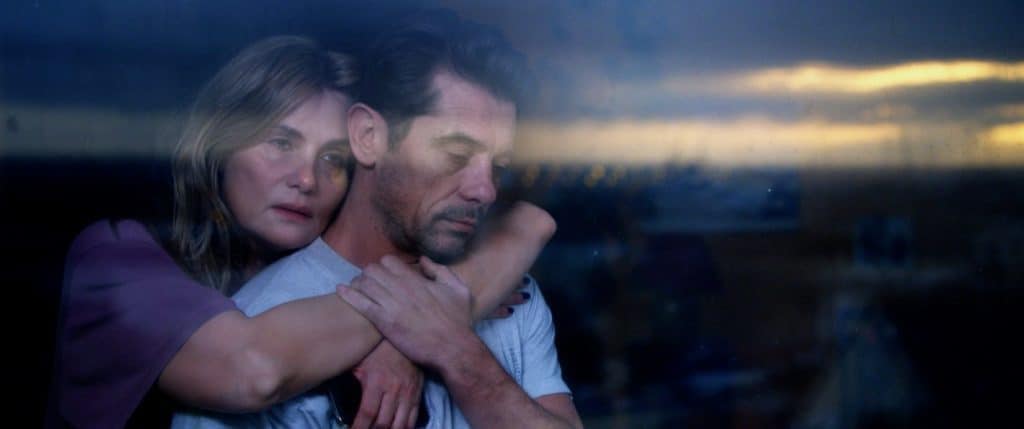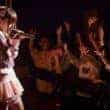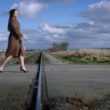Katell Quillévéré’s Heal the Living is an utterly original film about the threshold between life and death, in which the camera moves through a hospital’s halls like blood coursing through the veins.
Katell Quillévéré’s Heal the Living is about the threshold between life and death: your life can disappear in a heartbeat, crossing over to a place where you’re the solution to others’ problems rather than the priority. Accordingly, its breathtaking opening sequence finds Simon (Gabin Verdet), a teenage boy at the height of life. He wakes up in his girlfriend’s bed on a Saturday night only to sneak out. As he bikes through Le Havre’s twists and turns, a pop tune plays in the background to remind us he’s blissfully unaware of the wonder of his own life. Yet within minutes of screen time, he’ll be caught in a car crash and declared braindead.
But we don’t know that yet. For now, he’s enjoying the wind at his back as he heads to meet up with his friends for an excursion. Piled into the front seat of a pickup truck, we don’t know where they’re driving, but there’s an air of excitement and possibility. Arriving at the beach at the crack of dawn, they pull out their surfboards and hit the waves. Quillévéré occasionally slows down the images to let us fully take in the wonder of the splashes of water and the beauty of the ocean. She wants us to bask in the simple joys of youth almost to excess. As time slows down, we’re reminded how fleeting it is, how easily it can all be lost. Quillévéré depicts the car crash that follows as a nightmare in which the boys’ pleasures become a danger: the driver imagines the open road is the ocean, drowning them.
In the hospital, medical professionals do everything they can to, as the title indicates, heal the living. But there’s a subtler system in the wider world of helping your neighbour. Quillévéré could cut straight from the car crash to the boys’ arrival at the hospital. Instead, she cuts to a stranger, a grown man dropping off a young girl with her mother. Eventually, he arrives at the hospital, and we realize he’s a doctor who will be treating the boys. By introducing him here, Quillévéré expands the world of the film. It isn’t just the story of this boy’s tragedy, but of how it impacts others, and of the wider lives those people live.
While Simon’s friends are receiving every treatment possible — they have nothing more than a few broken bones — Simon has been banished from the land of the living. The doctors are no longer there to heal him but to see how he can be used to heal the still living: his organs are viable, if his grieving parents can bear to part with them. It’s in this crucial transition that the film starts to connect its three principle stories: the boy’s grieving parents (Emmanuelle Seigner and Kool Shen); the ecosystem of the hospital; and the family drama of the woman (Anne Dorval) who could benefit from the boy’s heart. For Quillévéré, these aren’t three separate stories; these are people who have become as inextricably linked as the organs in one’s body. Without the grieving parents, there’s no renewed hope for Anne Dorval’s character. And without these two families, the doctors have no purpose.
The hospital is the place that makes these connections possible. The hospital itself is like a living organism, a heart that pumps Quillévéré’s characters through it. Her visual language reflects this central idea. We’re constantly watching patients, families, and doctors walk through the hospital’s labyrinthine hallways, like blood flowing through veins and arteries. At the end of each hallway is a room from which you can take different paths, enter different rooms. The rooms are like organs, places where vital actions are taken. By the end of the film, we’ve lived in this system, watched it operate, moved through its nooks and crannies. The characters bring it alive, but it’s Quillévéré’s camera that makes us understand what this system means and how it works together.
This article was originally published on September 29, 2016 as part of our TIFF 2016 coverage.
